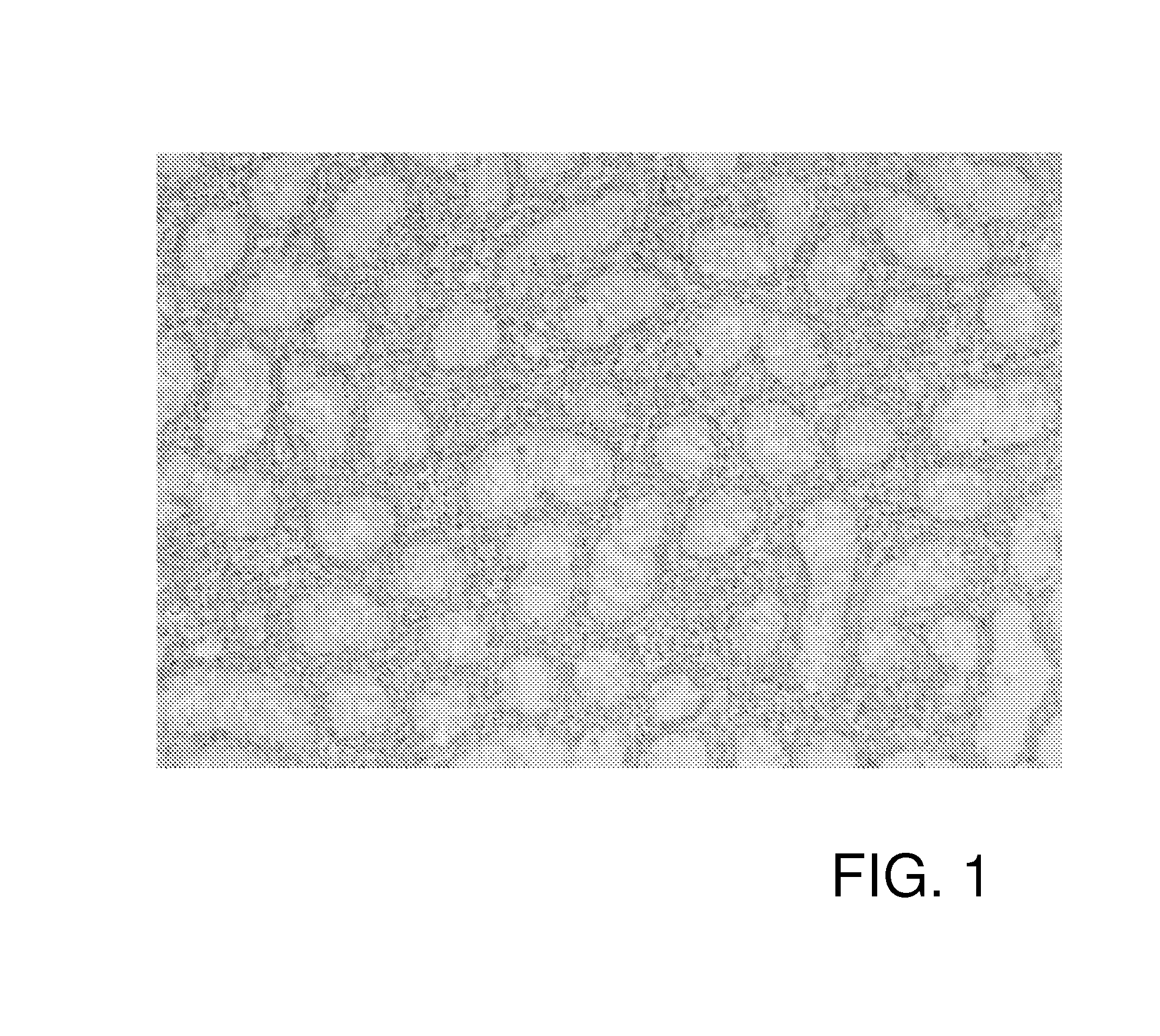Chemical sterilant for adult male dog population control with concomitant reduction in human dog-bite acquired rabies
a technology of rabies and rabies, which is applied in the direction of biocide, drug composition, sexual disorder, etc., can solve the problems of counterproductive dog removal, dog antagonism between the government functionaires, dogs and the population at large, and achieve the effect of reducing the population of free-roaming dogs and reducing human dog-bite acquired rabies
- Summary
- Abstract
- Description
- Claims
- Application Information
AI Technical Summary
Benefits of technology
Problems solved by technology
Method used
Image
Examples
example 1
[0028]Zinc gluconate neutralized by arginine injectable solution has been approved by the Food and Drug Administration (FDA) for intratesticular injection in puppies, 3 to 10 months of age. (Freedom of Information Summary, NADA, 141-217, United States Food and Drug Administration, Mar. 17, 2003). The clinical study in puppies showed it was safe and effective for chemical sterilization of sexually immature dogs when used under label conditions.
[0029]A comparison of FIGS. 1 and 2 shows that the histology of a puppy testis and a sexually mature dog testis differ significantly. The safety and effectiveness of zinc gluconate neutralized with arginine had not been documented in sexually mature dogs and, therefore, the purpose of this example was to obtain safety and efficacy data from sexually mature, male dogs older than 10 months of age, using the same dose and administration as approved by the FDA for use in 3 to 10 month old puppies.
[0030]The test substance was a sterile injectable aq...
example 2
[0055]When the dogs were examined and weighed as described in Example 1, the testicular width of each testis was also measured. Results for right testicular widths and percentage change from day 0 are shown in Table III and for left testicular widths are shown in Table IV below.
TABLE III2 Months4 Months6 MonthsAgeDay 0Post-InjectionPost-InjectionPost-Injection(years)Dog NoDog NameWidth (mm)Width (mm)% ChangeWidth (mm)% ChangeWidth (mm)% Change101RP06Dutch25264.0%264.0%264.0%109RP05Yogui2211−50.0%11−50.0%11−50.0%114RH01Solovino1913−31.6%13−31.6%13−31.6%1.517RM05Sultan2116−23.8%16−23.8%16−23.8%1.529RP05Chicles1815−16.7%15−16.7%15−16.7%201RP05Pompin2215−31.8%15−31.8%15−31.8%203RP05Dexter2724−11.1%24−11.1%24−11.1%206RP05Bobby II2010−50.0%10−50.0%10−50.0%210RM05Firulais2726−3.7%26−3.7%26−3.7%210RM06Caruzo2714−48.1%14−48.1%14−48.1%211RM06Gordo2726−3.7%26−3.7%26−3.7%211RP05Yanki2615−42.3%15−42.3%15−42.3%213RP05ARocky1712−29.4%12−29.4%12−29.4%213RP05BRoger2726−3.7%26−3.7%26−3.7%215RM05Manch...
example 3
[0056]A semen analysis on each of the 54 dogs in Example 1 was done at two months, four months and six months post-injection. Semen analysis was used as the indicator of permanent sterility. In dogs, the spermatogenic cycle is sixty days and, if the animal does not produce viable sperm within two cycles, as documented by semen analysis, then the animal is permanently sterile. The following terms were used relative to semen analysis.
(1)Semen could notDog is uncooperative,be collected:i.e.temperament,untrained in collection(2)Aspermia:No semen ejaculated(3)Azoospermia:No spermatozoa in the ejaculate(4)Necrospermia:Spermatozoa in the ejaculate aredead or motionless(5)Oligospermia:Less than 20 million spermatozoaper mL
[0057]The semen analyses are reported in Table V below.
TABLE VDay 0Semen AnalysisAgeSemenVolumeMotilityConcentration2 Months4 Months6 Months(years)Dog NoDog NameAnalysis(mL)(%)(×106)Oligospermia*Post-InjectionPost-InjectionPost-Injection101RP06Dutch510.09029.5No333109RP05Y...
PUM
| Property | Measurement | Unit |
|---|---|---|
| pH | aaaaa | aaaaa |
| concentration | aaaaa | aaaaa |
| volume | aaaaa | aaaaa |
Abstract
Description
Claims
Application Information
 Login to View More
Login to View More - R&D Engineer
- R&D Manager
- IP Professional
- Industry Leading Data Capabilities
- Powerful AI technology
- Patent DNA Extraction
Browse by: Latest US Patents, China's latest patents, Technical Efficacy Thesaurus, Application Domain, Technology Topic, Popular Technical Reports.
© 2024 PatSnap. All rights reserved.Legal|Privacy policy|Modern Slavery Act Transparency Statement|Sitemap|About US| Contact US: help@patsnap.com










